Today is the third part of a series of Podcasts in which we’re looking at shots from the Hokkaido Workshop/Photography Tour held in January 2008. I was thinking this would be a three part series, but we’re not going to get through all of the remaining images and things I want to talk about today, and I also have some recordings from the bus on the way to the airport at the end of the tour, which I want to include, so I’m going to release one more episode in the series next week to wrap things up. Let’s get right into it though and see how far we can get today.
We spent our second night in another great hotel, the Kussharo Prince Hotel down by the shore of the Kussharo Lake where we’d photographed the swans that we finished on last week. The food in the hotels is always great here, and as we stopped in such great places for most of the week everyone was really enjoying the food and hotels as well as the traditional hot spring baths. We’ve been taking an hour to 90 minutes between getting back to the hotel and meeting for dinner each day, which has helped us to wind down after a full day shooting, and lead us into a relaxing dinner and some fun and laughter while we reflected on the day. We got up bright and early on the second day again, so that we could drive up to the Bihoro Pass where we were hoping for a sunrise. We had to climb a little way up the mountain from the car park where we left the bus. Unfortunately as we stomped through the snow in the dark, it was snowing, and didn’t look like we’d see much of a sunrise. Indeed, as the time for the sun to rise came and went, we realised that the sun was not going to break through the thick cloud that we could now see.
Let’s take a look at the first photo for today, number 1711, in which we can see one just about the only glimpses of the sun that we saw. As the sun popped through the clouds, I was shooting with the 70-200mm, but decided to quickly change to the 16-35mm, so I spent the first few seconds of the light changing the lens, then reattaching the camera to the tripod with the plate on the body, not the lens as with the 70-200mm. Then I had a few more seconds to capture this before the light was gone. We can see the island in the middle of the lake that I mentioned last week. Our hotel is a way around to the right of this scene, on the shore of this frozen lake. There’s a road that runs between the foreground trees and the mountain on which we were standing, but I decided to exclude that here. I don’t mind having man made elements in landscape shots, but I often try to compose so that they don’t end up in the shot. I shot this for 1/6th of a second at F16 with ISO 50. These were actually the lens settings that were left over from my hurried lens change. Of course, I don’t need an aperture of F16 at 31mm to get much depth of field. One of the things we’d touched on the more Workshoppy style parts of the tour was hyper-focal distance. I did a whole Podcast on this in Episode 65, but just to recap, with a wide angle lens, set at 31mm, like I was using here, even with an aperture of F5.6, the hyper-focal distance is 5.7m or 19ft. This means that if I manual focus or focus on something at 19ft, everything from that point, everything from 3m or 10ft to infinity will be in focus. So going to F16 with a wide angle lens for a scene like this is totally unnecessary, and in fact should be avoided, because the image will actually start to get less sharp overall as I stop down past F11 or so due to diffraction. Understanding hyper-focal distance can be very useful for getting maximum depth of field and sharpness in your shots, especially for landscape work. It is of course relative to the focal length though, so if you aren’t familiar with this technique, please do go back and listen to episode 65 for more information.
Near to the summit of the mountain from which we were shooting, there are a number of trees, including the lone tree we can see in image number 1713. Here I knelt down and set the camera very low to the ground to get the top part of the tree against the grey snow filled sky. I also wanted some of that dark patch of threes in the shot though to enable me to freeze some snow in the frame, pardon the pun. To help me to freeze the snow at this focal length, I was going to need a relatively fast shutter speed, so at ISO 100 I opened the aperture wide open to F2.8 on my 70-200mm lens. I was using it at 70mm, so at this distance I was still going to get enough depth-of-field for the tree, but it also helped to freeze the snow by throwing the background, and indeed all snow outside of the depth-of-field out of focus, allowing just a certain amount of snow to be focussed, and frozen by the faster shutter speed, which was 1/200th of a second by the way. I can appreciate that you are not going to be able to see the snow that well in the Web sized image, but I think I got the effect I was looking for.
After the dawn shoot from Bihoro Pass, we went back to the hotel for breakfast, and then set off for a long drive to Rausu, on the Shiretoko peninsula. We stopped a few times on the way over there when the guys spotted something interesting to shoot, and had some fun chatting on the bus. Once into the small harbour town of Rausu though, we visited the Hikarigoke cave. Hikarigoke is basically luminous moss, which can be seen in the cave during the warmer month. In the winter though, I like to visit for the ice pillars which can be seen in image number 1715. The water that seeps through the cave roof freezes similarly to stalactites and stalagmites. This shot was taken with an off camera flash. I’d actually not gotten my flash with me, but I’d held Aaron, one of the participant’s flash for a while, and so borrowed his ST-E2, Speedlite Transmitter and put that on my camera to fire his flash, which Aaron held for me for a couple of shots. We spent around an hour here, shooting the ice pillars and surrounding subjects of interest, but then made our way to the boarding house that I’d booked us into for the night. Now, I’m going to withhold the name of the boarding house, although it isn’t really secret, because they are actually being overrun with visitors, and starting to feel a little pressure as they cannot increase the size of the boarding house, or visitors that turn up there for one special reason.
Let’s look at image number 1718 to see the reason. Here we can see one of the four Blakiston’s Fish Owls that visit the man-made pool in the river in front of the boarding house to catch fish that are placed in there to attract them. It is definitely something to think about, when we hear that wild animals are given food to attract them for photographic purposes. I myself was wondering about this, and had a long conversation with the owner of the boarding house while some of the guys were outside shooting later in the evening. Before I came, I’d heard that the Fish Owls numbers were on the decline across most of the island due, as is often the case, to man’s encroachment into their domain. This is very much like the Cranes we shot on the first and second days of the tour. They were almost extinct until man started to feed them, and that is what happened here. There was a man that started to visit the area, and built a small pool, just a few meters behind this even smaller pool that we see here. Into the pool he would drop live fish, which are easy for the owls to catch. He drove here every day for quite some time to feed the owls, without really wanting to photograph them, but started to find it a lot of work, and so asked the owner of the boarding house to take over during the week. He continued to visit at weekends, but basically the feeding became the responsibility of the owner of the boarding house. Thanks to this feeding, the owls were able to raise 17 young over the year, which was pretty uncommon these days. It may be a little unnatural, but then so is man’s intervention.
As a by product of this activity, photographer’s got wind, and started to stop at the boarding house to shoot the owls like this. When we arrived at the hotel, a nature guide working in the area called Wakasa-san helped us to set up our off camera flashes. This was the second thing this week, as I mentioned before, that I had no experience with. I don’t use much flash, and had bought my ST-E2, Speedlite Transmitter for this part of the trip, and had no idea where to place my flashes, and of course the flashes of the other participants, so Wakasa-san’s help was invaluable. He also loaned us some stands for the flash units for those that didn’t have supports, and basically was just such a huge help.
My flashes were going to be off camera and turned on for a number of ours, so I attached an external battery pack to each, the CP-E4 compact battery pack from Canon. This holds 8 additional batteries for extended battery life and faster recharging. The flashes were to be fired by the ST-E2 in the cameras flash shoe. There were two others using the ST-E2, so we selected different channels to avoid firing each other’s flashes and losing control of our own. The whole set up did pose a few problems though. Firstly, even with the additional external batteries, the cold started to get to them. I found that although I should have been able to recharge the flash to almost keep up with the five frames per second of the 1Ds Mark III, it just wasn’t able to. Also, as we were working in very dark conditions, towards the end of the evening, while fumbling in the dark, I accidentally changed my channel from 1 to 3, and so had not only lost control of my own flashes, I was firing the flash of one of the other guys. So, I have to apologise to Aaron for that. We figured it out pretty quickly but Aaron’s 4 batteries in his single flash were already incredible low, so I left my two flashes in the stream, and turned my channel over to Aaron for a while, and went back into the boarding house to leave him to it. By this time, there were only three of us still shooting, as the other three were already in bed. It was at this time that I had my long chat with the owner of the boarding house.
As I say, I don’t use flash very often, and so despite being asked many times, this is why I haven’t done a Podcast on flash photography yet. I will go through my other settings now, but I’ll have to wait until I really have more experience with flash and some good example images before doing a full Podcast on this subject. When I do use flash as the main light source I usually have the camera in Manual mode, and just select the shutter speed and aperture and let the camera give me as much light as necessary for the subject, which I find it is very good at doing. Here I used 1/200th of a second, and an aperture of F6.3. I was shooting with the 70-200mm with a 1.4X extender fitted. I had started with the 300mm F2.8, but found that it was just a little too tight to get the owls in as they spread their wings to jump down into the pools.
I should mention before we move on that if you come on a future Hokkaido Workshop or Photography Tour, please don’t expect this night to be like the rest, if we stay here again. That may not be possible, because of the large number of people booking here right now, but if we do stay, it’s not at all like the hotels we stay in on the other nights. Although the home cooking is great, it’s very rough and ready, and they didn’t even tell us where the bath is. It seems as though they want you to bathe at one of the nearby hotels or something and they are simply not kitted out to cater for a bunch of guys needing a cleanup. We all ended up not bathing until the following night, so I was pleased that we were booked into another really nice hotel for the last night.
I got to bed after midnight after the owl shoot, and we were up again for a dawn shoot on the Thursday morning, but as we’d used up all our luck at the Otowa bridge, there wasn’t much good light. We all had a wander around outside the hotel, and I was contacting the skipper of the boat that we were hoping to go out into the Sea of Okhotsk on, to shoot the Steller Sea Eagles and White Tailed Eagles on the ice floe. Initially though the weather not looking great made us postpone the shoot, then after a drive up the coast in the skipper’s car helped us to realize that it was not going to be worth putting out on this day. This was a great shame, especially when you consider that the previous day had been amazing apparently, but this was one of those things that just wasn’t to be. The ice floe had drawn back towards the tip of the peninsula, and although we could have sailed out there, there was a lot of cloud and mist around the cape, so even if we’d gotten out there, the eagles would not have been able to see us, and therefore they wouldn’t have flown out to the boat for us to photograph them.
So, a little disappointed, we started to drive around the peninsula to Utoro on the other side, where we were to spend our last night. All was not lost on the eagle front though. We kept our eyes on the trees as we drove away from Rausu, and as we did, there were a number of occasions where we had a chance to shoot the Eagles in the trees. Let’s look at image number 1719, which is one that I got during one of these stops. We literally just stopped the bus on a straight, and jumped out to quickly shoot the eagles from the side of the road. I had these two Steller’s Sea Eagles lined up and had gotten a few shots when I saw the top of the two birds flex himself to take off, so I got ready for the shot, and sure enough he took to the wing. I shot this, and another frame as he flew through the scene, but decided to upload this one. I got another shot of the second eagle taking flight moments later, but we’ll just look at this one today. This second shot is online at martinbaileyphotography.com if you want to check it out. Again, I’ll put a link to all of the images from the trip into the show notes. There was plenty of light at this point, so at ISO 100 I was able to shoot at F5.6 for 1/640th of a second. I was using the 1.4X Extender with the 600mm lens for this shot, and cropped a little of the top and left side to remove unwanted elements and give us a larger view of the Eagles.
On advice from the guide that had helped us on the previous night, Wakasa-san, we decided to head over to another peninsula called the Notsuke Peninsula. This is really just a slither of land that reaches out into the ocean, leaving a few feet deep stretch of water that stretches for miles and miles between it and the mainland. Unfortunately, by the time we got there, the eagles and other wild birds that we’d heard were there in the morning were gone, so we spent a bit of time exploring the beach and inland sea area, and once again headed for Utoro, where we’d stay this evening.
Having taken a steady driver around the peninsula, stopping at Notsuke, we started to drive into Utoro just after 4PM as the sun was nearing the horizon. Let’s look at image number 1722, to see the scene we were greeted with. The sunset was not much to shout about, but what we can see here is the ice floe, which is basically a frozen sea, with small channels of sheet ice connecting the larger chunks of ice. Had we been out on the boat earlier in the day, and not gone over to Notsuke on a bit of a wild goose chase, we would have had a little more time to shoot this, but I’m not too concerned that we didn’t as it didn’t turn out to be that cool. Unfortunately, the eagles don’t make their way around this side of the peninsula, because it’s much colder than the Rausu side. This side takes all the cold weather almost directly from the weather patterns that buffer the coast from Siberia, so it’s much less enticing to the eagles than the other side. I shot this at 80mm with the 70-200mm for 1/15 of a second, at F11, with ISO 100.
With the last few minutes of light, literally, we pulled into the car park at the Oshikoshin Falls, which, as I’ve said before means basically man and women falls, because one side is stocky and masculine, and the other side of the falls is slender and feminine. Here I quickly shot image number 1724. This was a slow exposure at 15 seconds, with an aperture of F8, ISO 100. I used the 70-200mm lens again at 200mm for this shot, and was really just looking for a portion of the falls that would look good cut away from the rest. I shot the falls with a wide angle as well, but I wasn’t really happy with the results. I actually loaned my 70-200mm to one of the other participants for a while here, so didn’t do much more shooting myself before we headed over to the Shiretoko Daiichi Hotel for the night. This place is another luxury hotel, which really made for a great venue for our last night together.
In Japan they call buffet style dining Viking, after the Vikings who were famous for their banquets. There is even a huge Viking ship made of wood as a center piece in the room to help set the scene. And I have to say that this hotel really knows how to through a banquet. Everyone agreed that this was one of the best banquet halls they’ve ever visited. You can literally select just about any type of food you can think of from freshly made sushi, to a huge chocolate fondue. Andrew actually had a chocolate fondue American corn dog, which, if I’m not mistaken, is the only piece of food we took that didn’t actually get eaten, for obvious reasons.
So, as we couldn’t get through all of the images I wanted to look at today, and I would also like to play you some recordings of comments from the participants on the bus, on the way to the airport at the end of the tour, I’m going to cut this off here for today, and do one last episode in this series. Please join me again next week, to see what happened on the last day of the tour. And with that, all that remains to be said is thanks for listening, and you have a great week, whatever you’re doing — Bye-bye.
Subscribe in iTunes for Enhanced Podcasts delivered automatically to your computer.
Download this Podcast in MP3 format (Audio Only).
Download this Podcast in Enhanced Podcast M4A format. This requires Apple iTunes or Quicktime to view/listen.


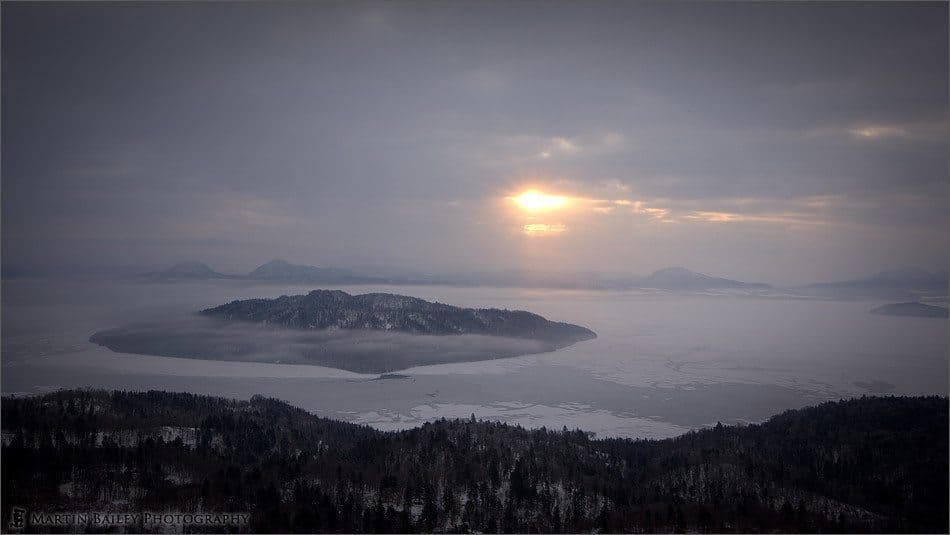
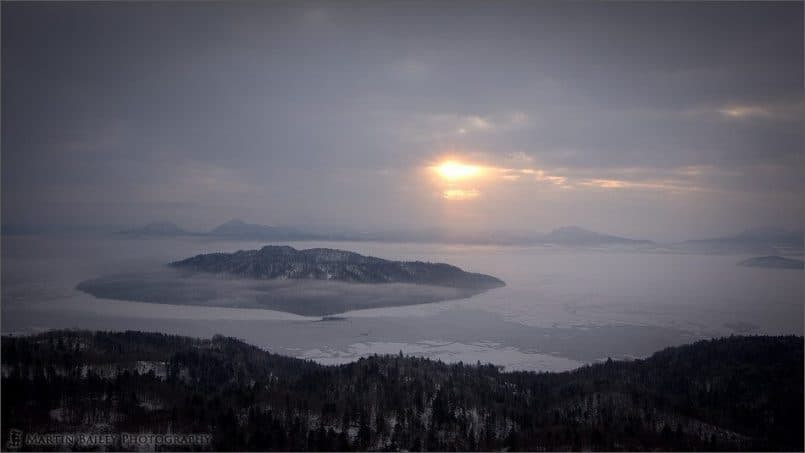
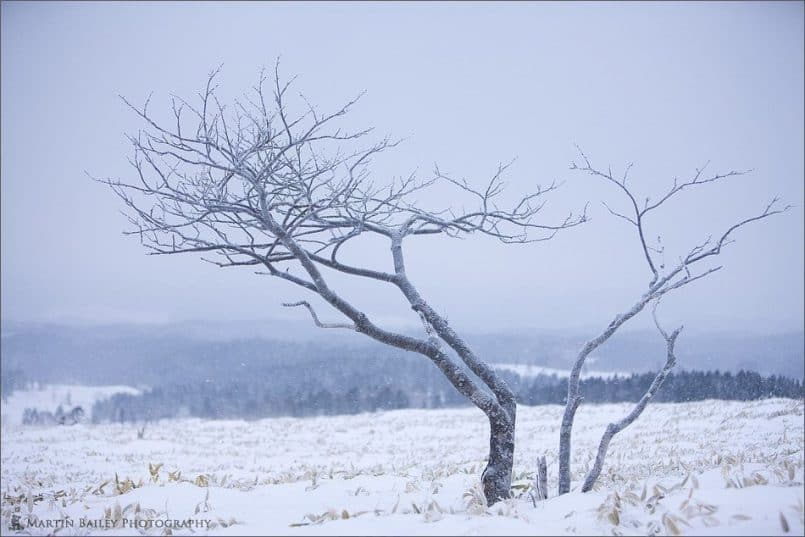
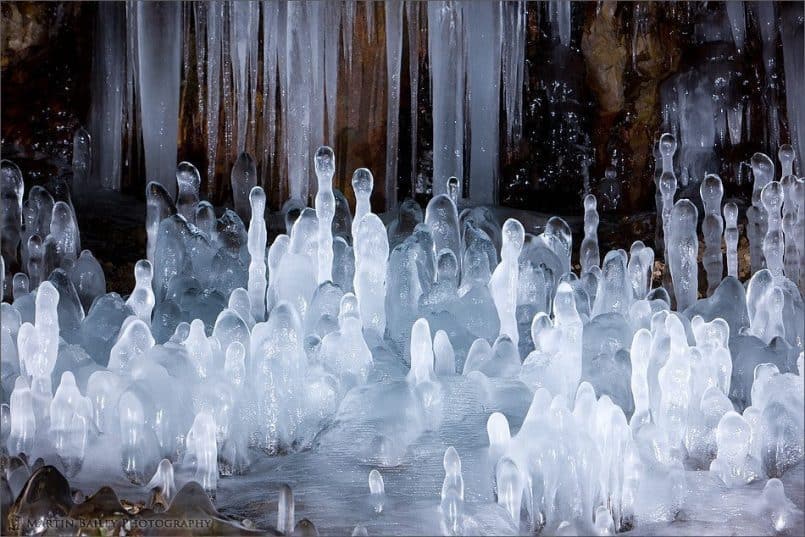
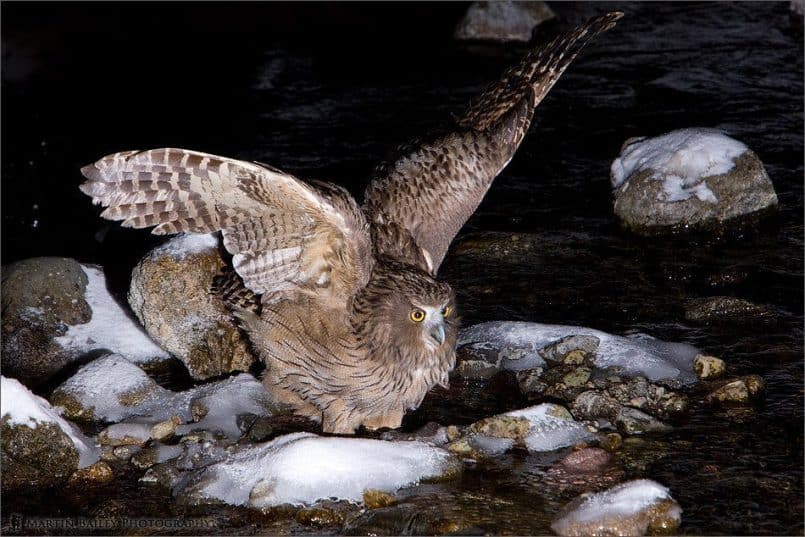
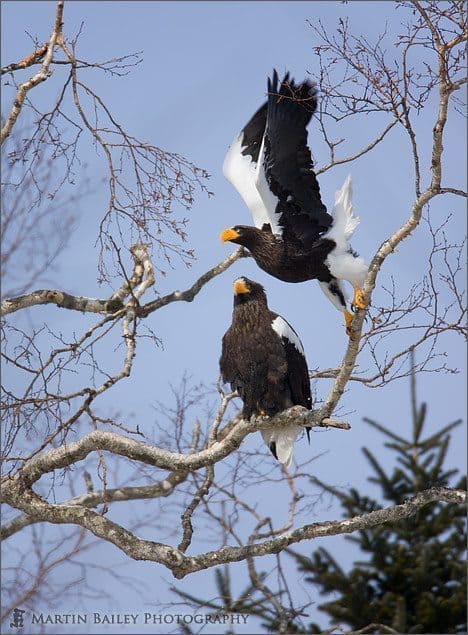
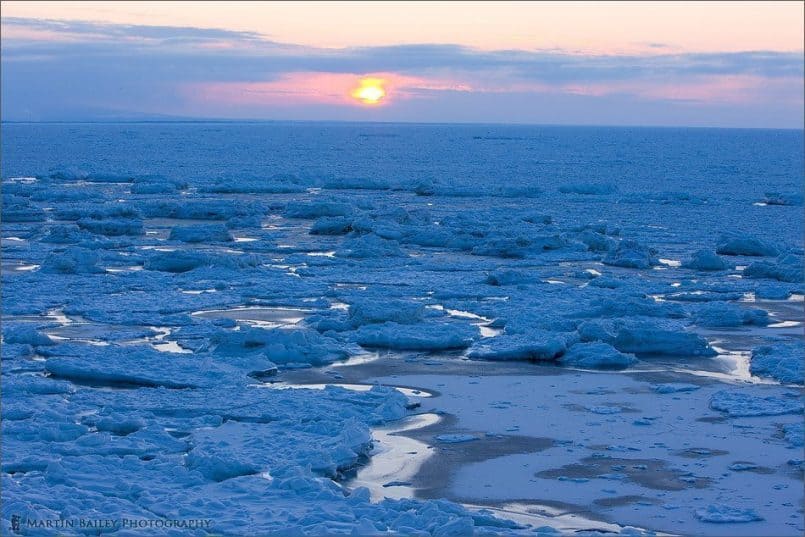
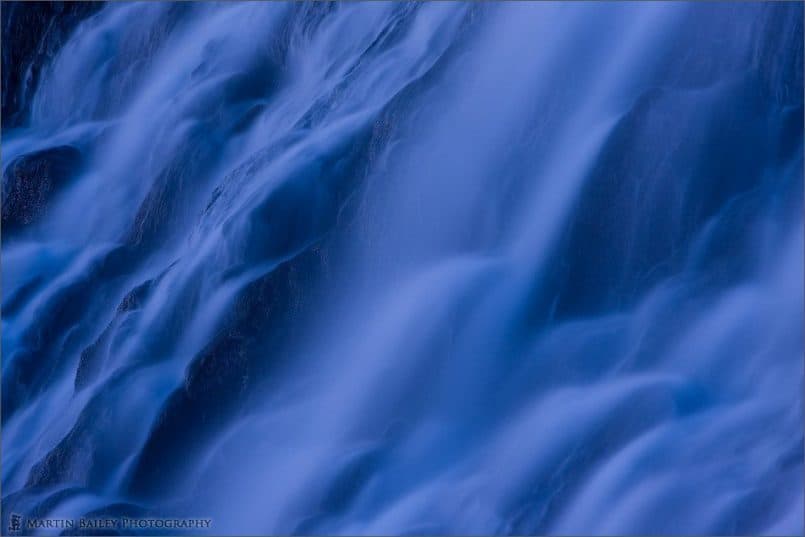

0 Comments